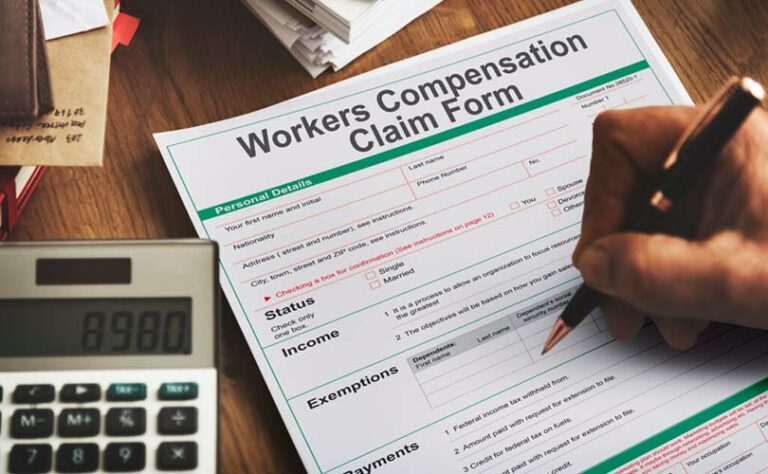1. Stop injured workers walking through your door
The most cost-effective way to lower your workers’ compensation bill is simple: Stop pre-existing injuries from walking into your business.
By choosing effective pre-employment medical assessments, you can save up to 50% on your workers compensation premiums as your workplace injuries decrease.
The most common types of injuries that go undetected are musculoskeletal, which are damage to muscles and joints, usually caused by strenuous activity.
Concerningly, those are exactly the types of latent injuries that will cost employers through lost labour, replacement labour and especially by driving up those workers’ compensation premiums.
Ensure your pre-employment provider utilises physiotherapists., who are musculoskeletal specialists in assessing and treating many workplace injuries, to complete the pre-employment medical assessments.
Most pre-employment medicals are not detecting enough pre-existing injuries – in some cases, the tests are detecting none. Not everyone is suitable for the role, and you want to know which ones are.
2. Ditch your manual handling training courses.
Sitting people in a classroom and teaching them manual handling skills does virtually nothing to reduce injury rates, according to a range of new studies.
The training is compulsory for jobs involving manual handling and often has to be updated each year, but new evidence suggests that money is better spent on supervisors.
“The supervisor is the key,” says Suremploy Founder and Director, Tom Aune. “There is very well documented evidence from organisational psychologists that 70 per cent of individual safety behaviour depends on the person they report to directly.”
Aune suggests restructuring legally obligated training to quicker, cheaper and more efficient online models and instead channel resources into the supervisor.
“The supervisor is the only person in authority who is physically present when the workers are bending, lifting, stretching etc. In most cases that makes them the most underutilised resource in injury reduction or injury prevention.”
Aune says that training a small cohort of supervisors is cheaper than training a whole workforce, and making them accountable for injury rates could make this model even more effective.
“If the supervisor sees it as their role and opportunity to actually reduce injury and pain and suffering then they are in a very powerful position to do so simply by enforcing that they don’t want to see their workers get hurt.”
Passed up the command chain and dispersing that accountability could have a revolutionary impact on reducing injury rates.
3. Return injured workers ASAP
Returning to work within a day of sustaining an injury might sound counterintuitive – but a regimented plan can actually be one of the most cost-effective actions an employer can take.
Backed by research from the New South Wales Workcover Authority, it is proven that employees who return faster, recover faster.
The research revealed two compelling findings:
- The importance of overcoming the fear of the place of injury
- The importance of workplace-based rehabilitation.
There is often a lot of fear for an injured worker returning to the place where they were hurt, and that fear can be one of the biggest hurdles to overcome.
Returning even as soon as within 24-hours of the injury can prevent that fear from snowballing and help the employee integrate back into their role.
As soon as a worker is back at work they should begin workplace-based rehabilitation. This is not about returning to work and being expected to perform at optimal productivity but rather it is about gradually add safely returning to full health.
The return to work plan needs to be well prepared with easy and safe options for even the most seriously injured workers.
The plan should include training for supervisors, managers and co-workers to understand the person returning to work isn’t there to be productive but to rehabilitate as quickly as possible in the safest way.
